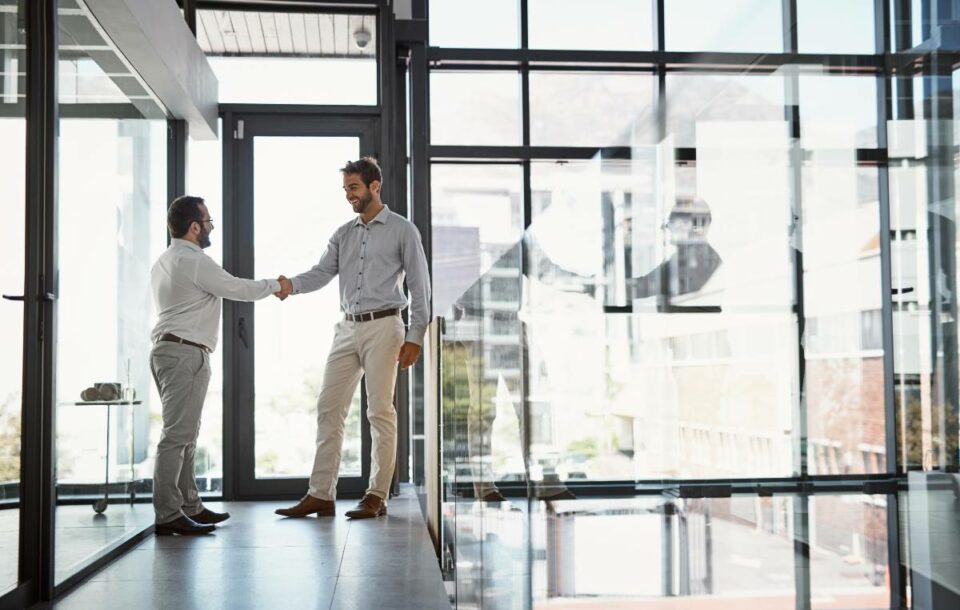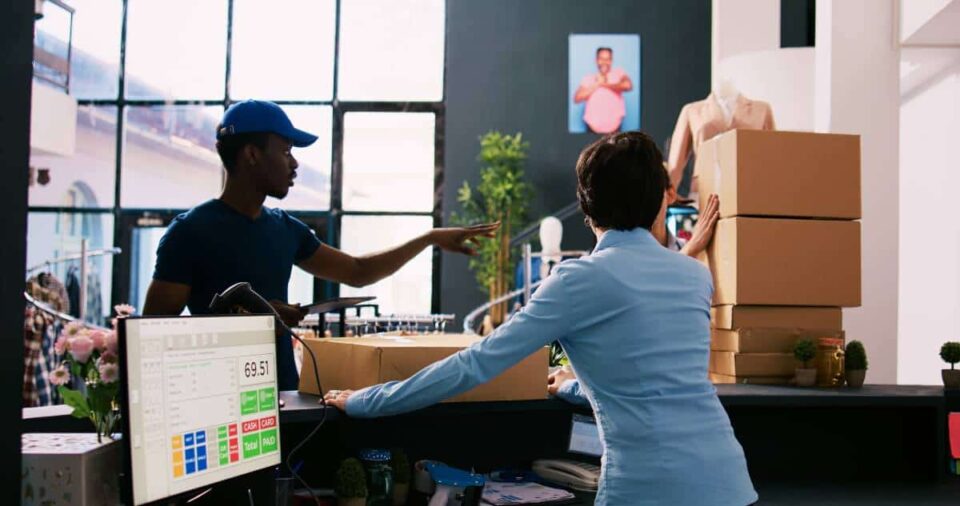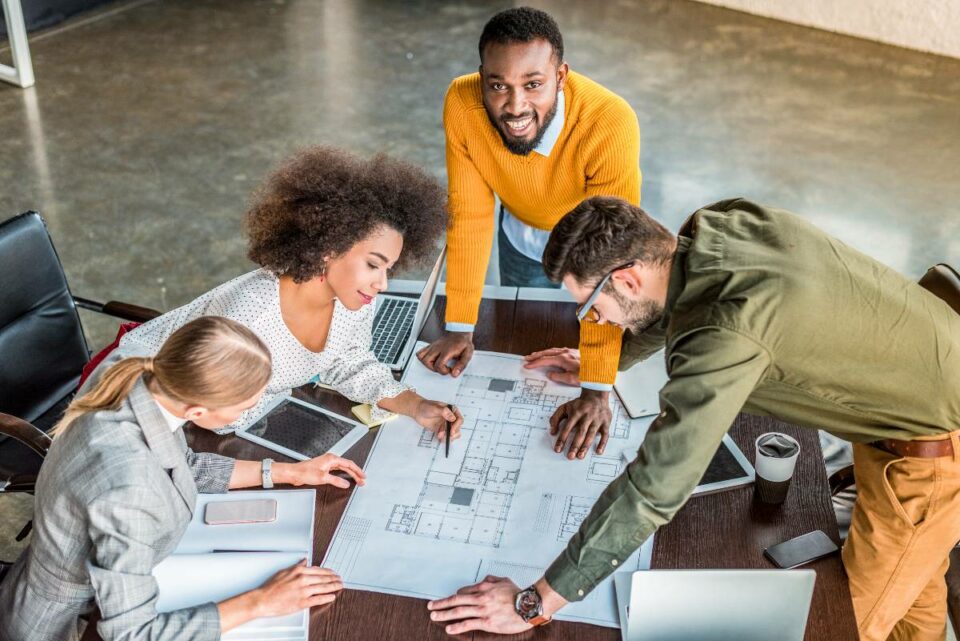Today, we’re diving into the exciting world of mixed-use developments. You know, those cool urban spaces where you can live, work, shop, and play, all within a stone’s throw? Yeah, those!
But we’re not just talking about building these from scratch. We’re getting into transforming existing commercial properties into these vibrant, multi-functional hubs. It’s like giving your old, worn-out sneakers a makeover and turning them into stylish, comfortable kicks that you can wear to both the gym and a night out. Intrigued? Let’s dive in!
Key Takeaways
- Mixed-use developments are transforming urban landscapes by combining residential, commercial, and leisure spaces.
- Converting commercial properties into mixed-use developments offers numerous benefits, including enhanced community vibrancy and economic growth.
- Successful conversion requires careful planning, innovative design, and a deep understanding of local regulations and market dynamics.
The Rise of Mixed-Use Developments
So, why are these mixed-use developments popping up faster than food trucks at a music festival? Well, there are a few driving factors. First off, we’ve got population growth management. Cities are getting crowded, folks and mixed-use developments help us use space more efficiently. Then there’s the whole social cohesion aspect.
Remember when you actually knew your neighbors? These developments bring that back! And let’s not forget about economic development. It’s like a shot of espresso for local economies.
But the benefits? Oh boy, they’re sweeter than a triple chocolate sundae. Imagine rolling out of bed and having everything you need within walking distance. That’s the kind of convenience we’re talking about.
And say goodbye to road rage and hello to more Netflix time, because reduced commute times are a big part of the package. Plus, these developments create a buzz in the community that’s hard to beat. It’s like living in a sitcom but with less canned laughter and more real connections.
Understanding Mixed-Use Developments
Now, let’s break down what makes up these urban marvels. We’re talking residential spaces that range from cozy apartments to luxurious penthouses.
Then you’ve got commercial areas that don’t make you want to gouge your eyes out, retail outlets where you can shop without the mall zombies, and entertainment options because, let’s face it, Netflix and chill get old after a while.
And just like ice cream, mixed-use developments come in different flavors. You’ve got your vertical mixed-use, which is like a layer cake, but with apartments, offices, and shops instead of sponge and cream.
Then there’s horizontal mixed-use, which is more like a buffet spread across a neighborhood. And don’t forget about transit-oriented developments for when you want to live life in the fast lane (or at least near a fast train).
The Process of Converting Commercial Properties
Alright, now for the million-dollar question: how do we turn that old, dusty commercial building into a mixed-use hotspot? It’s not as simple as waving a magic wand, but it’s not rocket science either.
First up, we need to do our homework. That means a thorough structural evaluation to make sure the building is up for the job and not ready for retirement.
We also need to conduct a market analysis to figure out what the people want (and no, a chocolate fountain in the lobby probably isn’t it). And of course, we can’t forget about the zoning regulations review, because we don’t want to build a nightclub next to a retirement home.
Next, it’s time to put on our creative hats.
We’re talking about adaptive reuse strategies that are like extreme makeovers, and building editions. We need to incorporate sustainable design principles because being green is always in style. And of course, we want to ensure a seamless integration of various uses because we’re aiming for harmony, not chaos.
But let’s be real, there are always hurdles.
Let’s be candid about the challenges we’re facing. There are several hurdles to overcome:
- Regulatory landscape: We’re dealing with a maze of compliance requirements that can be frustratingly complex.
- Financing intricacies: The funding process is often more convoluted than we’d like, involving multiple parties and detailed negotiations.
- Community considerations: We need to address local concerns thoughtfully to ensure the project’s acceptance and long-term success.

Technology and Innovation in Mixed-Use Developments
Now, let’s talk tech, baby! Mixed-use developments are getting smarter than your phone. We’re seeing smart building technologies that make your apartment know you better than your mom.
Connectivity solutions like 5G and IoT are making everything talk to each other (hopefully not plotting against us). And let’s not forget about the digital services and apps that put community engagement at your fingertips.
Economic Impact and Investment Opportunities
For all you money-minded folks out there, listen up!
Mixed-use developments are like a buffet of investment opportunities. We’re talking revenue diversification that’s as stable as your grandma’s famous jello. These developments have a significant impact on local economies, acting like economic fertilizer and helping everything grow.
But remember, with great opportunity comes great responsibility.
That’s why we need solid risk assessment strategies; we’re not playing Monopoly here. And don’t forget about conversion ROI analysis to make sure your investment doesn’t go down the drain.
Sustainability and Environmental Considerations
Going green isn’t just for smoothies anymore. In mixed-use developments, we’re seeing energy-efficient retrofits that make buildings so efficient, they practically run themselves.
We’re incorporating green spaces because concrete jungles need actual jungles too. And let’s not forget about sustainable transportation options – bikes, electric scooters, and maybe hovercrafts (a man can dream).
We’re also embracing circular economy principles, making “reduce, reuse, recycle” the mantra of architectural design.
Case Studies: Successful Commercial-to-Mixed-Use Conversions
Let’s look at some real-world examples.
We’ve seen amazing urban core revitalization projects where old factories have turned into hipster havens. And in the suburbs, mixed-use developments are bringing city life to the ‘burbs. The lessons learned? Communication is key, flexibility is crucial, and always expect the unexpected!
The Social Impact of Mixed-Use Development
It’s not all about the Benjamins. Mixed-use developments are creating inclusive communities where diversity is the spice of life.
They’re enhancing quality of life by allowing people to live, work, play, and actually enjoy it all in one place.
These developments are fostering social interactions, proving that making friends after college is possible! And they’re having a significant impact on local culture, preserving the old while welcoming the new.
Navigating Legal and Regulatory Landscapes
Buckle up, we’re diving into the thrilling world of regulations.
Understanding zoning laws is more exciting than it sounds, I promise. Obtaining necessary permits is like a scavenger hunt for adults. We need to ensure compliance with building codes because we want buildings that stand up, not fall down. And of course, working with local authorities is all about making friends in high places.
Financing Mixed-Use Development Projects
When it comes to financing, we’ve got options. There are the traditional financing options – banks, loans, the usual suspects. But we’re also seeing alternative funding sources that think outside the box (or the bank). Tax incentives are making Uncle Sam a big fan of mixed-use properties. And let’s not forget about strategies for attracting investors because if you build it, they will come (and hopefully invest).

Future Trends in Mixed-Use Developments
Looking into our crystal ball, we see some exciting trends on the horizon. Evolving tenant preferences are keeping developers on their toes, always wondering what the cool kids will want next. We’re seeing more integration of health and wellness amenities – gyms, spas, and meditation rooms, oh my!
There’s also a big focus on adaptation to post-pandemic realities because COVID changed everything. And of course, emerging technologies like AI and VR (and acronyms we haven’t even invented yet) are set to revolutionize these spaces even further.
FAQs
How long does it typically take to convert a commercial property into a mixed-use development?
Are mixed-use developments more expensive to maintain than traditional commercial properties?
How do mixed-use developments impact property values in the surrounding area?
What types of commercial properties are best suited for conversion to mixed-use?
How can developers ensure a good balance between residential and commercial spaces in a mixed-use project?
Conclusion
It’s clear that transforming commercial properties into these vibrant, multi-functional spaces is both an art and a science.
The future of our cities lies in these dynamic, efficient, and community-oriented developments. They’re not just changing our skylines; they’re changing the way we live, work, and interact with our urban environments.
So, whether you’re a property owner sitting on a commercial goldmine, a developer looking for your next big project, or just someone who’s excited about the future of urban living, mixed-use developments are definitely something to keep on your radar.
Remember, in the world of real estate, adaptation is the name of the game. And mixed-use developments? They’re the ultimate adaptation.
Ready to dive deeper into the world of mixed-use developments? Have a commercial property that’s yearning for a new lease on life? Let’s chat! Schedule a consultation with me, Mike Tolj, and let’s explore how we can transform your property into the next big thing in urban living. Don’t let your commercial space be left behind in the mixed-use revolution – contact me today!




